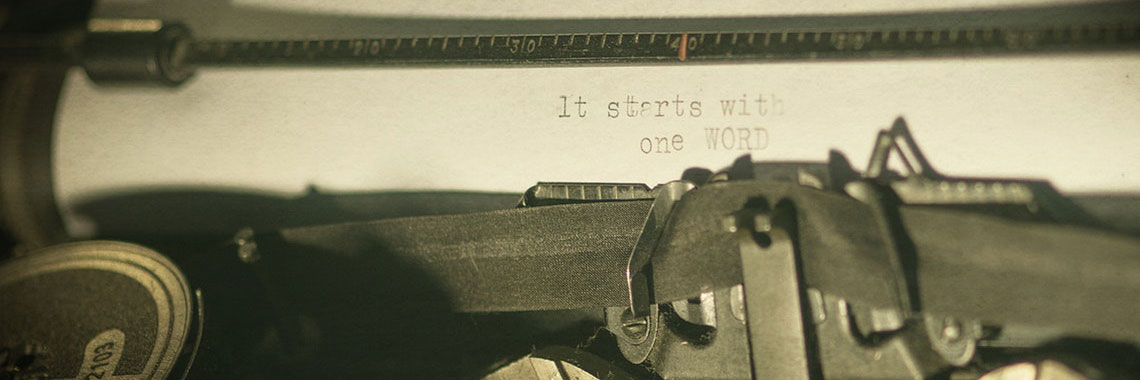This is the first of a two-part post on how clients can get the most using a copywriter.
You have a project and you’ve found a copywriter with the skills and experience you need. How do you make sure that things run smoothly? Follow the process below and you won’t go far wrong.
Before you start
Plan your project. Allow realistic timescales for briefing, research, writing and review. If you need the work in a rush, you’ll probably have to pay more and you run the risk of lower quality.
Set real deadlines. You don’t need the first draft next week if it’s not going to print for three months or if important reviewers will be on holiday. If you have colleagues involved in the project, manage their expectations.
Planning your content
Thinking time is an essential ingredient in successful copywriting. Decide on your direction before you set off and you’ll save yourself a lot of time, trouble and money.
First, think about your audience. You’ll want them to act on what you tell them, so empathise. If you were a customer, what would you want to know before you bought the product? What would keep you committed, as an employee? What would make you invest? Sign up? Call for more details? Your audience wants to know what’s in it for them. Answer that question.
If you don’t have a good feeling for the audience’s needs, find someone who does and ask them to help. This may be your copywriter or someone else in your organisation.
Once you’ve worked out what your audience wants to know, you have the basic elements of your story. Your copywriter will need these to create a compelling narrative, which your audience will actually want to read.
Finally, think about your design. Remember that the design should support the writing. Some designers are fantastic at this. Others will create a double-page spread with room for five words. Don’t let the design dictate what you can say. Consider getting your designer and copywriter together at the start, so they can work in tandem.
The briefing
A well-briefed copywriter is an effective copywriter. If your copywriter doesn’t fully understand what you’re trying to achieve or doesn’t have enough information, your project will take longer and will either disappoint you or cost you more money (or both).
It’s a good idea to prepare a written brief which outlines the project, the audience, the messages and anything else your copywriter must know, such as deadlines.
Use the written brief as the basis for a meeting or phone call with your copywriter. Discuss the project and what you want to achieve, and use the meeting to test your ideas. An experienced copywriter will help you refine them. If you need your copywriter’s advice, ask for it. If you need a lot of advice, expect to see this reflected in the fee.
If your organisation has a particular style or tone of voice, explain it to your copywriter and give examples. Similarly, if you have a house style for number and dates formats, capitalisation and so on, now’s the time to let your copywriter know.
If you haven’t already, make sure you find out how your copywriter works. Clarify the fee and other pertinent facts, such as how many drafts you’ll get or what it might cost if you ask them to work unsociable hours. If your copywriter has standard terms and conditions, get hold of a copy and make sure you’re happy with them. Avoid surprises.
The research phase
Gather any background information which will help your copywriter – past projects, reports, research and press cuttings – but keep it relevant. Point out the relevant parts and help your copywriter navigate through what you’ve provided. Make sure you know what the background material says and that it supports your story.
If you want your copywriter to interview people, smooth the way. Let the interviewees know they’re going to be contacted and why. Check their availability. If necessary, explain why it’s important that they help. Ask them to think about what they’re going to say.
The research phase often throws up the unexpected. The story may not be quite what it appeared or a new angle may open up. Be flexible but also remember the purpose of your project. Don’t go with an interesting new twist if it compromises what you’re trying to achieve. Find something else which supports your story.
Part two covers the writing phase, through to post-project feedback.





